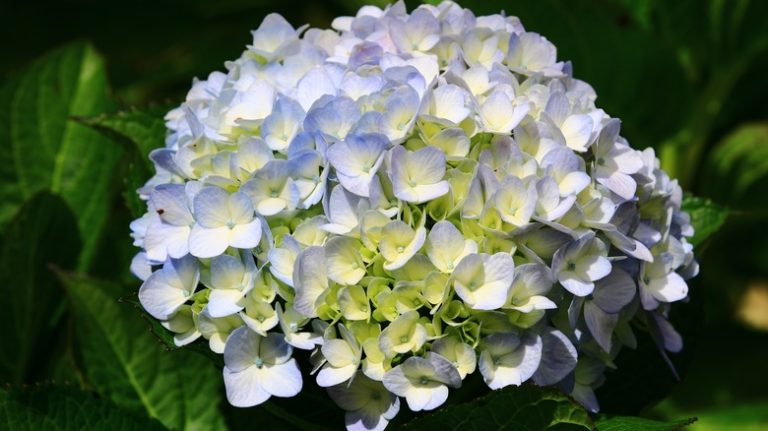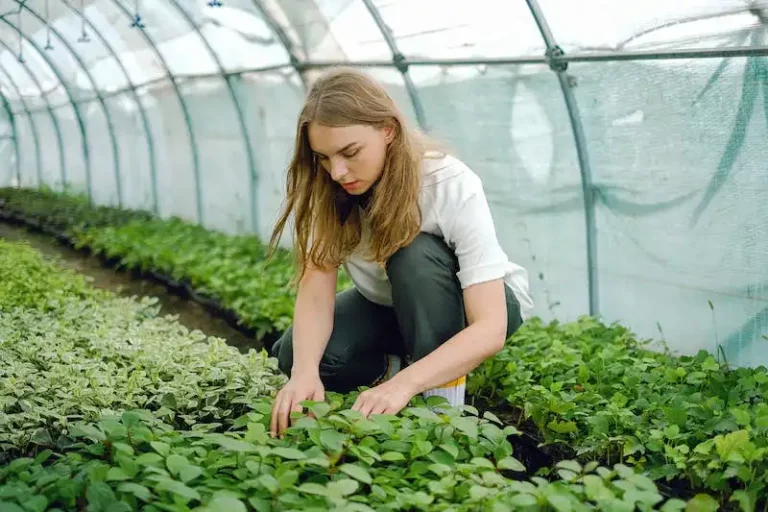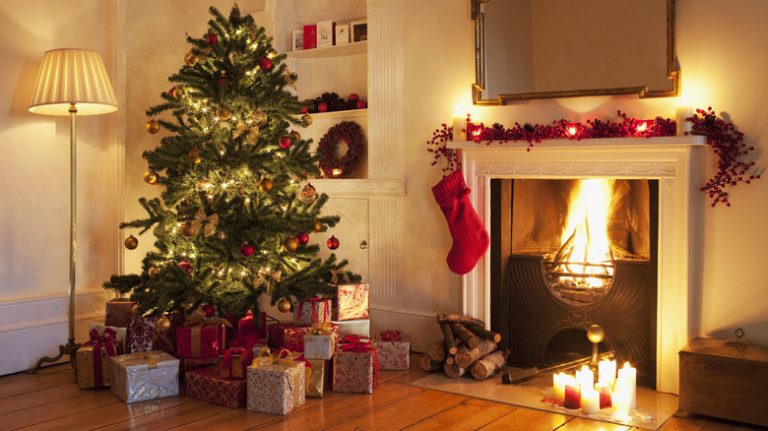Garden
Alexandra Rodriguez
Growing plants can be challenging because some of them require so much care. You need to have the proper space for them where they’ll receive enough sunlight or shade, depending on your indoor houseplant. When you’re growing outdoor plants inside your home, it can be tricky to keep them living. However, you can get away with successfully growing a few of them indoors. For example, olive trees thrive outdoors because they can get enough sunlight and warm weather, yet you can grow them inside if you put them in a sunny spot. They’re low maintenance, making them easy to care for. In addition, olive trees provide many benefits when they’re inside, like cleaning and purifying the air, which can improve your health. They also offer nutritious olives for you in the fall to add to every meal.
Olive trees are native to the Mediterranean region, making them good candidates for a Mediterranean garden. They flourish in warm temperatures and receive abundant sunlight. While olive trees can be grown inside and outside, different types can handle the indoors better than the outdoors. For example, ornamental and dwarf olive trees are best grown inside because they won’t grow to the height of a harvesting tree. However, you can still prune them to keep them at your desired size. Here are a few tips to follow to grow an olive tree indoors.
Place olive trees in a sunny area
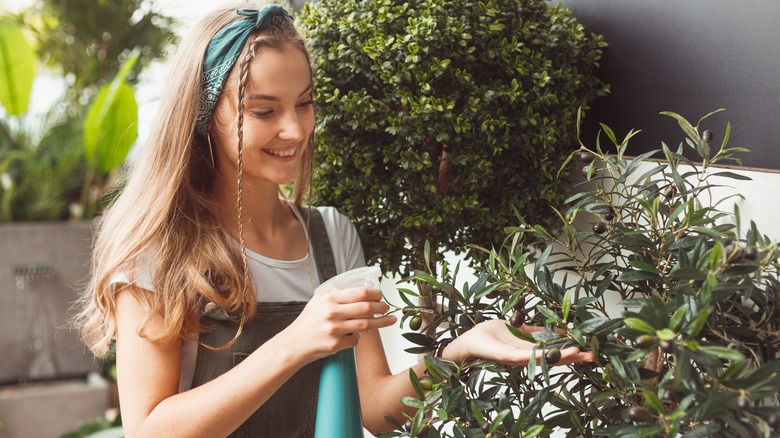
Vladeep/Shutterstock
Planting dwarf olive trees, like “Little Ollie” (Olea europaea “Montra”), help make them easier to care for. Olive trees need plenty of direct sunlight, so you should keep them in front of a window where they’ll receive sun for at least six hours of the day. Moreover, to ensure the sun is hitting every part of the tree, turn it 90 degrees once a week. If you live in an area where the sun comes out for a little while, your olive tree won’t survive its full term of nine years. Therefore, living in a subtropical climate is best for growing olive trees. However, you can place a growing light in front of the olive tree to boost it on those gloomy days.
While sunlight is vital for olive trees, you don’t want them to dry out, so maintaining their soil moist is crucial to prevent them from dying. You don’t have to water them daily, but once you notice that the top looks dry, you can water it and let it drain at the bottom. Avoid letting the pot sit in a puddle of water, or the roots will rot. Another way to tell your olive tree is drying out is if all the leaves fall off; they’ll grow back after some time, but you’ll need to water the plant.
Prune your trees
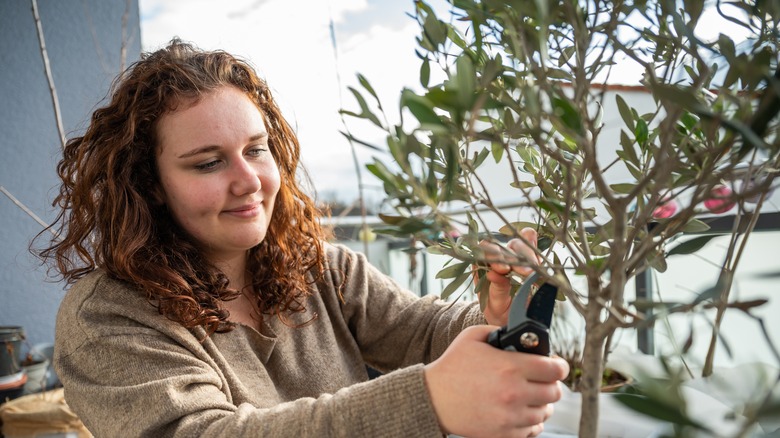
Bildgigant/Shutterstock
Regular outdoor plants have bugs and insects that help keep unwanted pests away, along with the fertilizer you might put in occasionally when tending your garden. However, you should keep an eye on your indoor olive tree to ensure there aren’t pests making their way into the pot. It’s crucial to check the leaves and stems for small, brown-scale bugs that can eat your plant. Pruning your olive tree can help you locate any pests. In addition, it keeps your plant clean, trimmed, and short since they can grow up to 6 feet tall. We recommended planting a Little Ollie tree so that you don’t have to prune frequently. Yet, if you decide to plant other types of olive trees, pruning them after the winter season allows them to bear new fruit the following season. New buds won’t grow on the same stems.
It’s essential to remember that when you grow olive trees indoors, they won’t stay alive for years like outdoor olive trees. They stay alive for about nine years indoors. Throughout their lifetime, you can take them outside during the spring and summer to allow them to grow fruit you can enjoy. Then, you can bring them back inside once the temperature starts dropping. You want the indoor temperature to stay between 65 and 80 degrees Fahrenheit. Avoid putting them under vents so they don’t dry out. Taking the necessary precautions will give your olive tree a long and healthy life.

